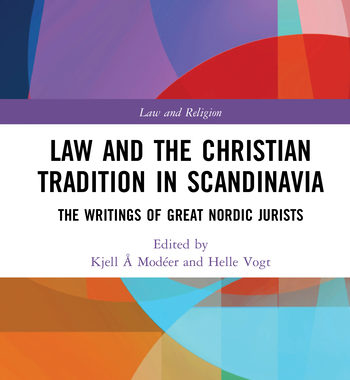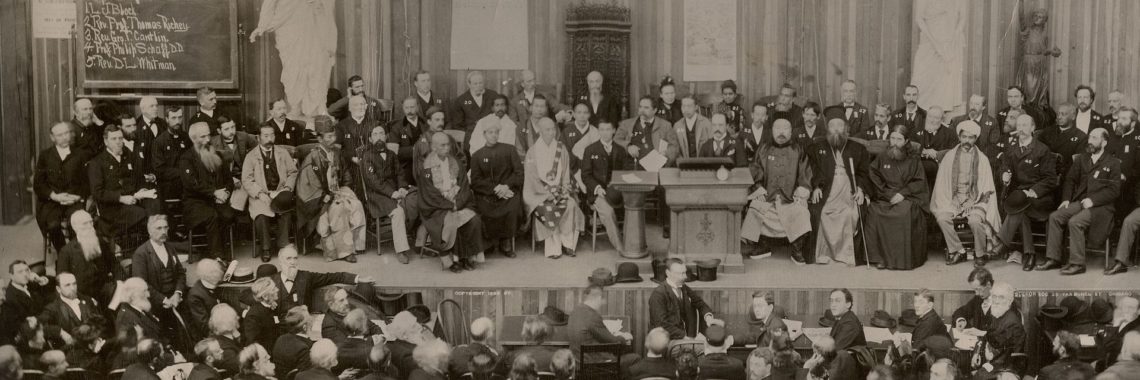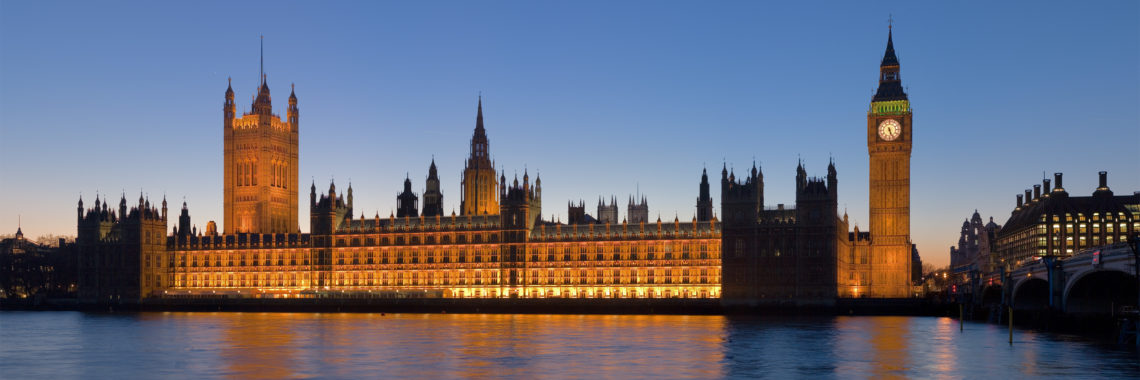“Border Work: Review of ‘At Home and Abroad: The Politics of American Religion'” by Brent Nongbri
Photo by Thaï Ch. Hamelin on Unsplash. This article is part of our “At Home and Abroad” series.If you’d like to check out other articles in this series, click here. It’s no secret that tensions exist in the ways that the government of the United States treats “religion” in different contexts. In the domestic sphere, private…









